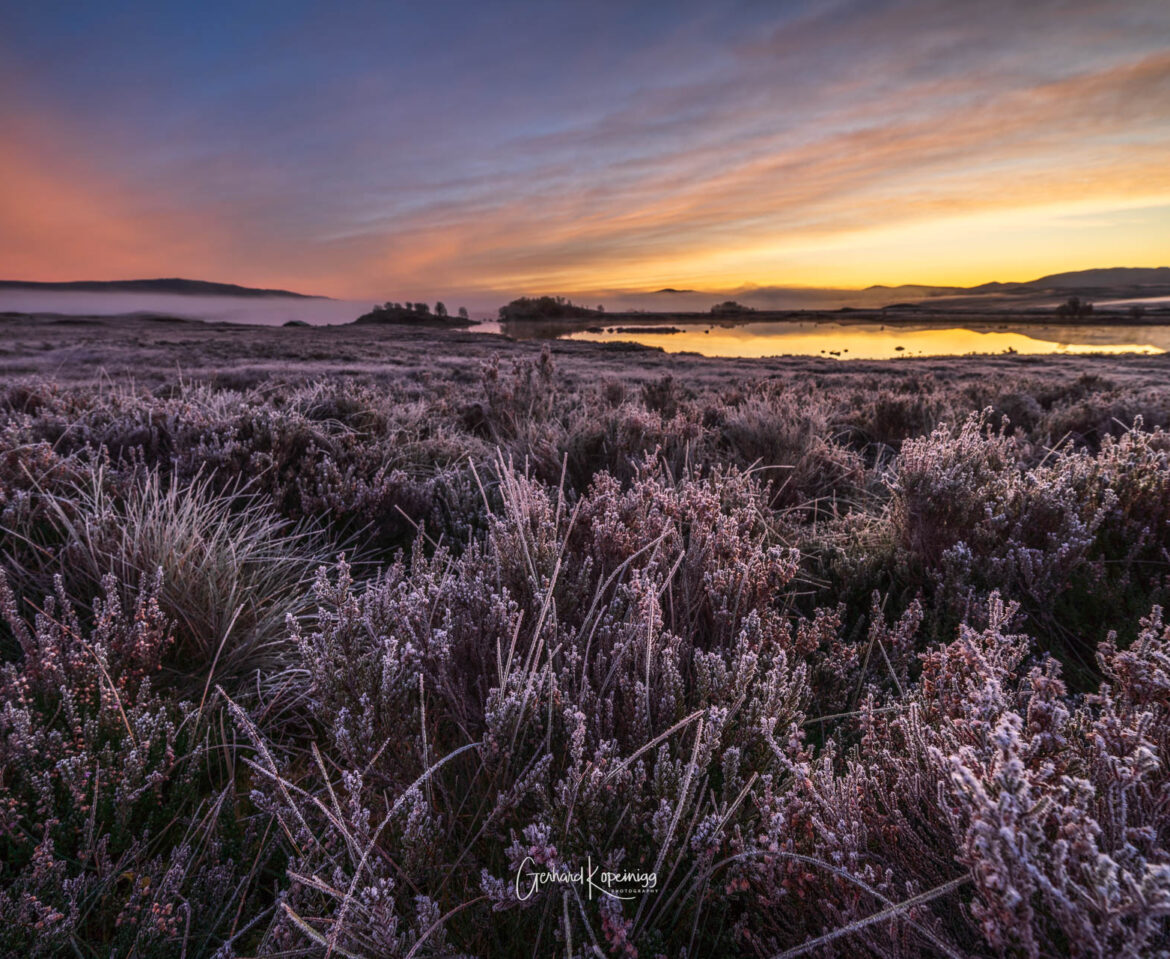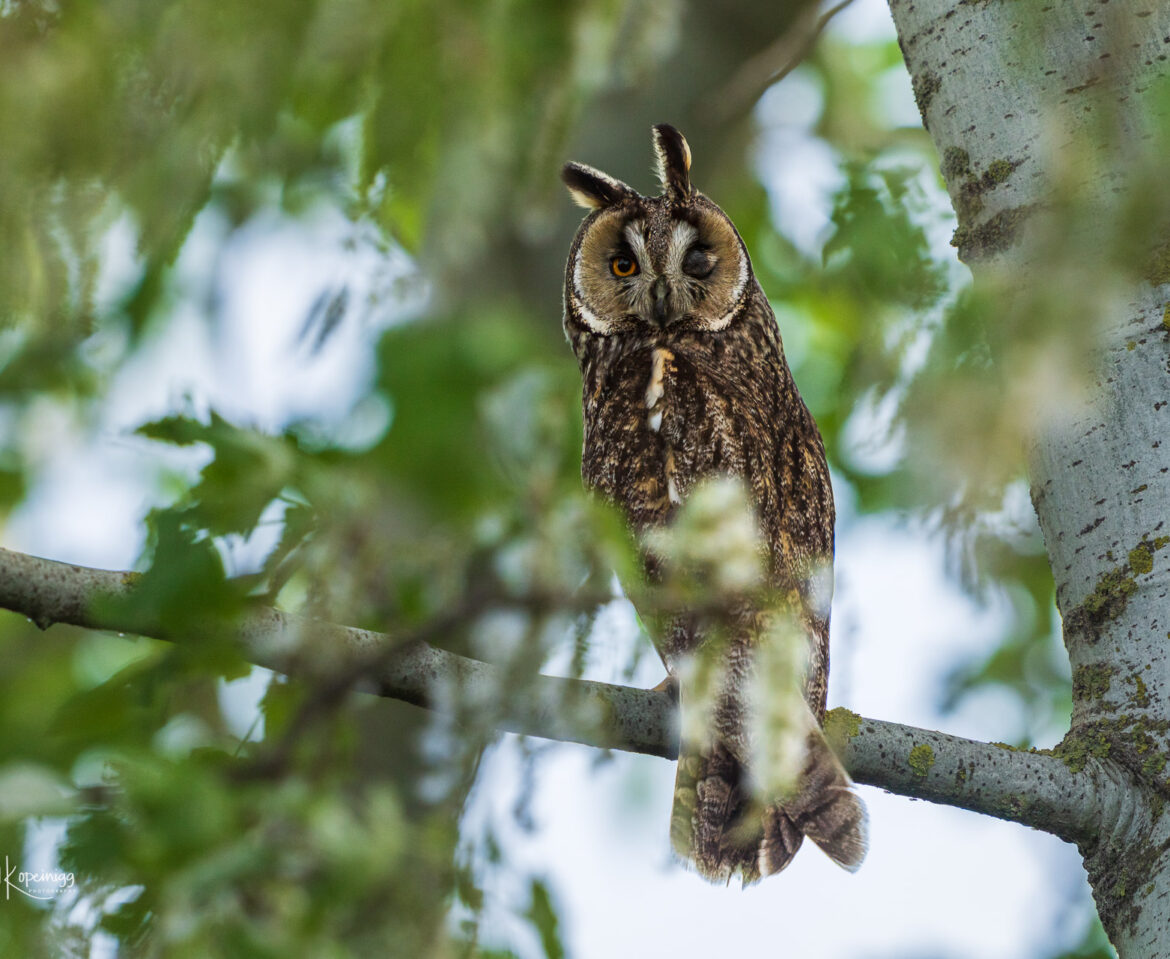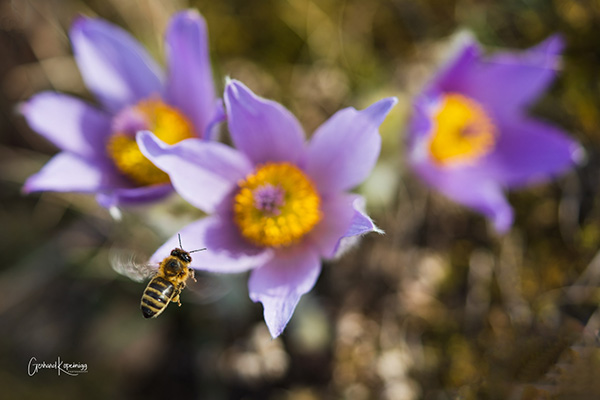Nova Scotia 2024
Travel description
Nova Scotia 2024
Nova Scotia, one of the oldest and most Eastern provinces of Canada. Here we want to spend our first family trip in a long time. We are not particularly interested in the popular tourist attractions of this peninsula, but instead hope to experience a pleasant mix of seaside relaxation and a fall getaway with foliage. In other words we want to escape the stress and trouble of our everyday life.
At the airport in Halifax, the five of us gather from all kinds of directions before we set out together in our massive van. Since we are already in the neighbourhood, we spontaneously decide to head to a more popular sight after all. That’s why we stop at Peggy’s Cove with Canada’s most famous lighthouse. This cute attraction is majestically perched upon sanded down granite rocks, a relic of volcanic activity from about 385 million years ago. Despite the gradually growing tourist crowds, we are delighted and impressed by the fantastical landscape and views as we are greeted by a refreshing Atlantic breeze. You can practically feel the open ocean on your skin when you are embraced by the typical salt air in such a way. Then, we head North towards the Bay of Fundy, where we finally arrive in our quaint house at the North coast of Annapolis County – far from any tourist hot spots (or civilization really).
Nova Scotia (NS) is the second smallest of Canada’s 10 provinces and, as mentioned above, located in the very East of the country. Only Newfoundland is more Eastern thus marking the Eastern end of Canada.
The Bay of Fundy is bordered mainly by Nova Scotia and New Brunswick. It is known as one of the greatest natural wonders of North America and it perplexes with its incredible tidal range of up to 16 m – something not found anywhere else in the world! Because of this drastic range of tides, the sea there accumulates a lot of oxygen and thus makes for a very fertile environment for all marine life.
Our house has access to a big yard, which is pretty common in this part of Canada. Without going far from our lodging I witness various birds of prey and other wildlife (eagles, merlins, pheasants, owls, and many more). I spy many blue jays who despite their innate shyness are as common in this area as pigeons in Austria. They are the heraldic animals of Eastern Canada.
Our darling neighbours across the street, Brenda & John, provide us with all of the important info about the area as well as a substantial amount of firewood when we run out.
They are the prototype of the friendly and generous Canadians. Almost everyone here has lived in a bigger metropolitan hub at one point of their lives before returning to Nova Scotia and its seaside once they retire.
We are in no rush and so we keep our explorations to our general vicinity for now. There are wonderful roads along the coastline with plenty of lighthouses to stumble upon (apparently up to 180). In the hinterland bordering the coastal areas, we encounter mostly farmlands such as apple orchards and vegetable or corn fields. Those farms have pop up stands where one can find everything they could possibly need for cooking.
We can check off most fall activities on the to-do list my (adult and fully grown, mind you) kids created such as apple picking, pumpkin festivals, farmer’s markets, pumpkin carving and hay mazes.
The hay maze was educational as well as entertaining since it was created by indigenous artists. We learn about the ancient culture of the Indigenous community living in Nova Scotia, the Mi’kmaq. The community’s development and history had spanned circa 10000 years before European settlers arrived in the early 17th century – who by seizing control of the land, fur trade and logging industry basically extinguished the Indigenous stewards of the land.
In the place where the French first arrived in 1604 to build the first fortified settlement in Canada is now a pleasant small town called Annapolis Royal, a name that the British had chosen later on. Here, we explore the mesmerizing national memorial site about (Settler) Canada’s very beginnings.
My favourite trip leads us to Cape Blomidon Provincial Park. Sensational sandstone cliffs tower over 180 m tall above the longwinding beach of the Minas Basin, which we visit twice. At first we can still wander and explore along the pleasant sand beach during low tide but, during our second stop here two hours later, the tide is so high that pretty much the entire beach strip disappears into the ocean. I wouldn’t have believed it if I didn’t see it for myself.
Up above by the cliffside of the Blomidon Park we walk around in the most stunningly beautiful camping site that I have ever encountered in my life. The landscape reminds us of alpine pastures, bordered by a colourful fall tree line.
Later, we return to the Bay of Fundy coastline, more specifically to Scots Bay, where we collect all sorts of delightful pebbles and beach glass on its rocky beach. By complete accident we discover the most adorable little birds among the stones, almost perfectly camouflaged as pebbles themselves. They are the very rare and incredibly protected piping plovers.
The long winding and frighteningly bumpy country roads are bracketed by mixed forests typical in this region. These woods changed colours drastically into almost ridiculous shades of crimson, gold and ocre in the 17 days of our stay. In the last days we are constantly charmed and struck speechless by the colourful foliage of the many sugary maple trees.
In the evenings we like to reminisce around the campfire about the many magnificent events we experienced on our recent trips and walks. With the weather on our side, we get to admire the breathtakingly starry night sky in impeccable clarity due to the low light pollution.
Despite our first overcast experience during our very last night by the coast, we miraculously witness a sudden pink Northern Light in the sky between the rain showers. We are understandably ecstatic.
One day, our neighbour Brenda shows us the cocoon of a butterfly on one of her milkweeds. The very next day a gorgeous monarch butterfly hatches. This variety of traveling butterfly typically sets out in October across most of North America to embark on a trek to the South, in our case its destination is the Sierra Nevada of Mexico more than 3000 km South of where we are, to spend the winter there. It was a true highlight of our travels to witness something like this.
By the time we fly out of Halifax and back home, all of us got to experience a dream of ours.
From a shared apple picking experience, incredibly gorgeous sunsets over the Bay of Fundy, fantastical foliage, getting lost in a hay maze, grilling marshmallows over the campfire to sudden Northern Lights … there was something wonderful for everyone.
I know I am very much going to treasure the memory of the remarkably pastel blue nuances of the Bay of Fundy.
Nova Scotia, we will be back.




